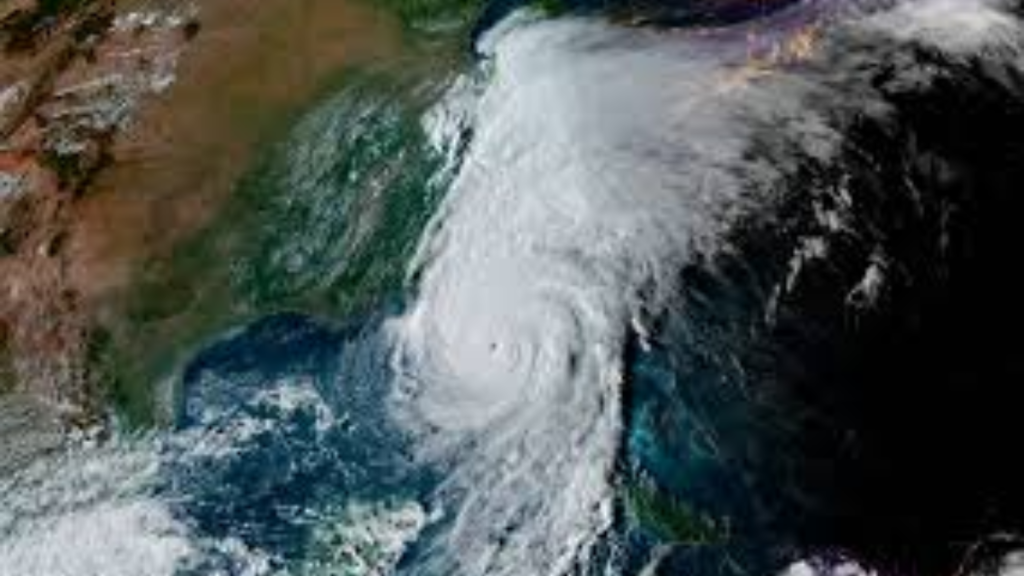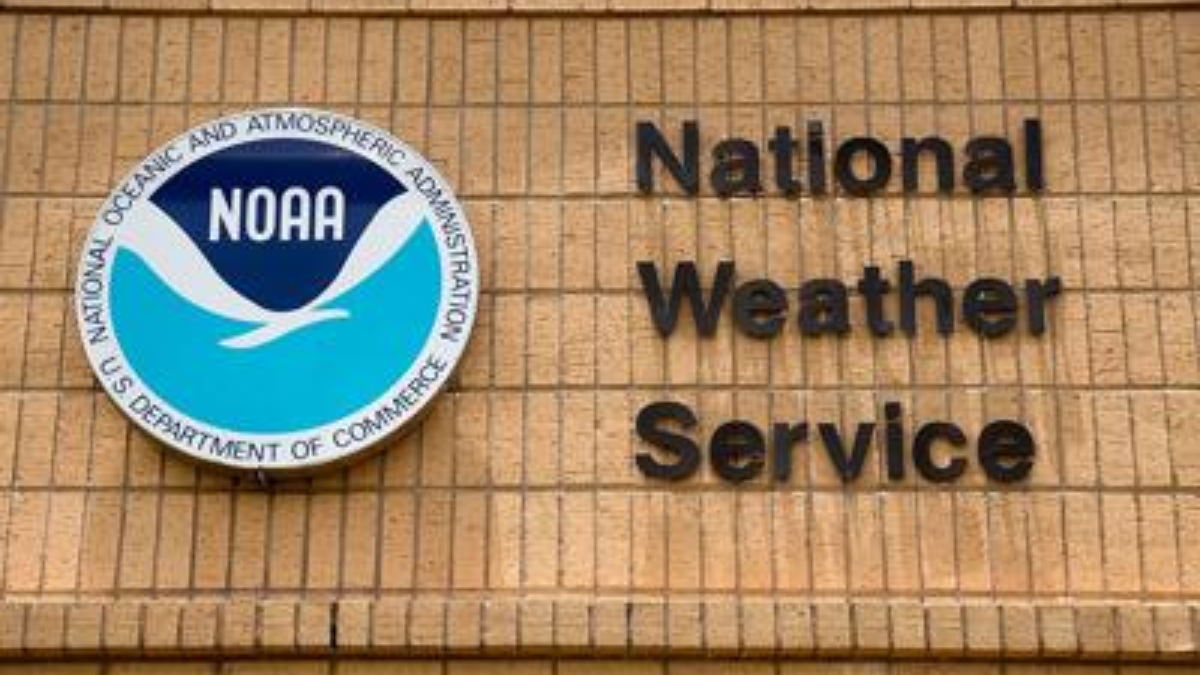A growing number of U.S. lawmakers are demanding answers from federal agencies after a recent report uncovered significant staffing shortages at a National Weather Service (NWS) office located in one of the country’s most hurricane-prone regions.
The revelation has ignited concerns about public safety and emergency preparedness, especially as the Atlantic hurricane season approaches its peak.
The affected NWS office, situated in [insert location—e.g., New Orleans, Miami, or another coastal hub], is reportedly operating with a dangerously low number of meteorologists and support staff.
The understaffing, according to internal sources, is limiting the office’s ability to provide timely forecasts, issue warnings, and coordinate with local emergency managers.
Critical Weather Forecasting Delays Pose Threat to Storm Readiness
The news has prompted concern among lawmakers and emergency management officials, who say the gaps in staffing could significantly delay life-saving information during extreme weather events. With hurricane frequency and intensity increasing due to climate change, the lack of full-time forecasters puts millions of Americans at risk.
According to a [source like the Government Accountability Office or a reputable media investigation], nearly 40% of positions at the NWS office remain unfilled. In some shifts, only one forecaster is available to manage the workload typically handled by three or four trained professionals.
Senator [Insert Name], a member of the Senate Commerce Committee, said in a public statement:
“This is not just a bureaucratic failure—it’s a matter of life and death. Every hour of delay in storm tracking could mean the difference between people evacuating safely or being caught in harm’s way.”
Lawmakers Demand Investigation Into Staffing and Resource Gaps
Several members of Congress have sent letters to the National Oceanic and Atmospheric Administration (NOAA), which oversees the National Weather Service, requesting a full audit of staffing levels, hiring delays, and budget allocations.
The lawmakers are also seeking answers about why previous warnings of attrition and vacancies were not addressed proactively.
Representative emphasized the importance of maintaining operational readiness:
“When hurricane watches and warnings are delayed due to unstaffed shifts, the public is put in danger. We need a clear explanation from NOAA about how they intend to fix this before the next major storm hits.”
The push for accountability comes amid broader discussions in Washington about the country’s preparedness for natural disasters and whether federal agencies have the workforce and resources needed to respond effectively.

Morale, Hiring Delays, and Budget Constraints Blamed
According to current and former employees, a combination of poor morale, long hiring processes, and underfunding has contributed to the staffing crisis. Sources within the agency say that meteorologists are often forced to work overtime, sometimes going weeks without a day off—leading to burnout and high turnover.
In addition, the federal hiring system, which can take up to six months from job posting to onboarding, makes it difficult to fill urgent vacancies quickly.
Budget constraints have also limited the agency’s ability to attract and retain qualified staff, especially in high-cost-of-living areas near the coast.
A NOAA spokesperson responded to inquiries by acknowledging the staffing challenges but assured the public that all critical weather alerts are still being issued in a timely manner.
“We are actively working to fill vacancies and maintain core forecasting capabilities,” the agency stated. “However, we understand the concerns and are committed to improving service reliability.”
Experts Warn of Long-Term Consequences if Issue Persists
Weather experts and climate scientists say the implications of an understaffed National Weather Service extend beyond hurricane season. Without adequate forecasting capacity, the agency is also less equipped to deal with other extreme events, such as flash floods, winter storms, and tornado outbreaks.
Dr. Lisa Reynolds, a professor of atmospheric science at [Insert University], warned:
“Timely, accurate forecasts save lives. Undermining the staffing at these offices is a direct hit to public safety and our climate resilience as a nation.”
She added that delays in forecasts not only affect individuals but also disrupt emergency planning by hospitals, transportation departments, and power utilities.
Conclusion: Pressure Mounts as Storm Season Advances
As the Atlantic hurricane season intensifies, federal lawmakers are increasing pressure on NOAA and the National Weather Service to address the staffing shortages that have come to light. While efforts are underway to accelerate hiring and improve morale, the urgency of the issue cannot be overstated.
With lives potentially on the line and storms brewing off the coast, both the public and lawmakers are demanding swift action to ensure that every weather office—especially those in high-risk areas—is fully staffed, well-funded, and equipped to protect the communities they serve.
For more on the National Weather Service staffing issues and hurricane preparedness, visit the National Weather Service.
Disclaimer – Our team has carefully fact-checked this article to make sure it’s accurate and free from any misinformation. We’re dedicated to keeping our content honest and reliable for our readers.
